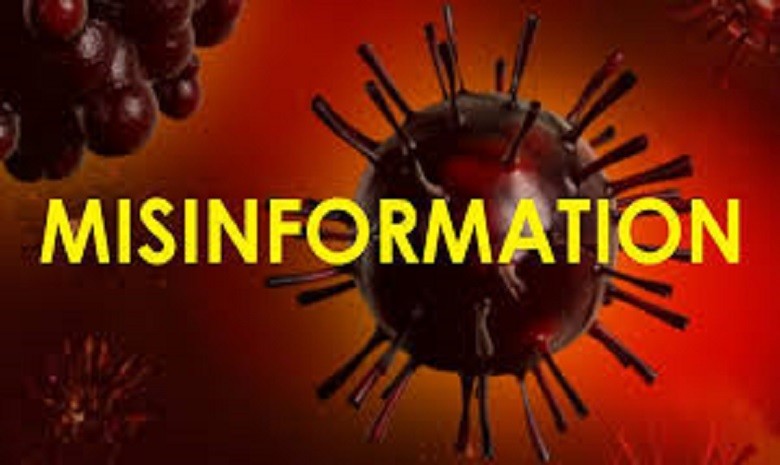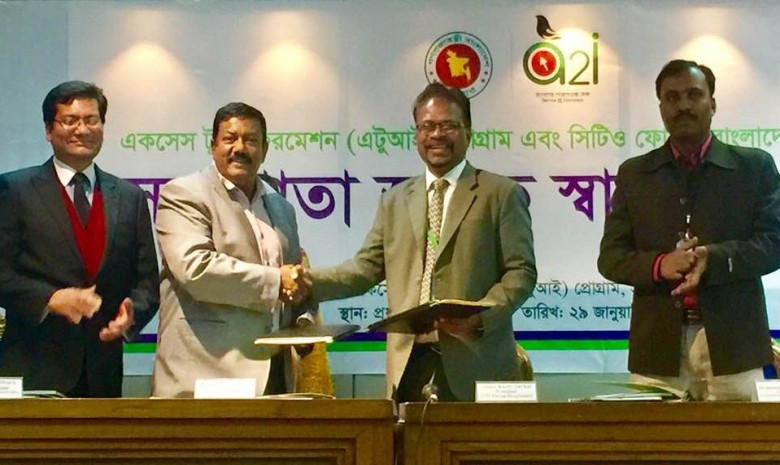The WHO announced a ‘mystery pneumonia’ on 31 December 2019. Since then the virus has been identified (SARS-CoV-2), the disease named (COVID-19), and there has been global spread, with cases identified in 72 countries (as of 3 March 2020) and tens of thousands of people testing positive for the virus.

The media have been following every step of this journey – with multiple stories, incessant headlines and continuous updates across the past few weeks. Here, I take a look at some of the challenges that have faced journalists during the COVID-19 outbreak and how the media can play a role in containing COVID-19 and, potentially, saving lives.
Moving facts
It has been approximately 10 weeks since the COVID-19 outbreak was first reported, and when you compare the amount known about the virus when it first emerged (nothing!) to the amount known now, including its clinical progression and the at-risk demographics – it is truly remarkable.
However, this constant barrage of new information, new cases and new advice has been challenging to keep up with. It not only makes the story difficult to keep up with from a journalist’s perspective, it makes it confusing for anyone trying to follow the story. A news piece you read one day could be entirely out-of-date by the next morning, and this has meant there have been many questions from the public surrounding the outbreak and the virus. In addition, as more information has emerged over the past weeks, experts and public health officials have revised their opinions, advice and recommendations in line with this, and it has been suggested that these updates have made it hard to build trust.
In a webinar hosted by representatives from the International Federation of Red Cross and Red Crescent Societies (Geneva, Switzerland), BBC Media Action (London, UK), Internews (CA, USA) and the WHO it was discussed that journalists and media organizations should do their utmost to keep up to date with the outbreak using reliable information from respective health departments and the WHO, and that they should both fact- and reality-check information in order to remain a trusted source.
Moreover, one of the major moving parts in the outbreak is clearly the constantly growing case numbers, but some have questioned whether the numbers still matter? Although the numbers are of interest to the public, it’s also important to communicate the story behind the numbers, what countries are doing to respond to the disease and what individuals can do too, ensuring stories have practical and actionable information.
More than a science story
The COVID-19 outbreak is not only far-reaching in terms of cases spreading globally, the disease has now impacted so many sectors it has become far more than a health and science story, and therefore more than the remit of health and science journalists.
COVID-19 has affected many areas: the travel restrictions being imposed by different countries have turned it into a story about tourism and travel; the economic impact of fear on the stock market and the impact of people not attending work in the most-affected countries have turned it into a finance and business story; and the cancellation of football matches, the postponement of rugby matches and the potential cancellation or postponement of the Tokyo 2020 Olympics have made this a sports story. This poses a challenge, with so many journalists now covering and learning about the COVID-19 outbreak – not just journalists who might be more familiar with the field – could there potentially be more scope for error or accidentally misleading information?
Misinformation, stigma and fake news
A pressing problem with modern-day, online media is the spread of misinformation – this has been much talked about in political spheres but has also been a prevalent issue in healthcare regarding sentiment towards vaccination. The spread of misinformation on SARS-CoV-2 has been no different – theories have been floating around that the virus was engineered in a lab as a bioterrorism agent, or that the symptoms are actually caused by the 5G mobile network. In addition, thousands of listings on Amazon promoting fake COVID-19 cures have been reported, and the prices of some sanitizers and facemasks have increased by over 2000%, despite in many cases not being fit for purpose.

Another challenge in the social media age has been avoiding stigma. Early in the COVID-19 outbreak, before the disease or the virus were officially named, many outlets referred to the virus as ‘Wuhan virus’ or similar, with this hashtag trending on Twitter. Unfortunately, this wording has a tendency to stigmatize individuals from that city, and also builds an association with those of a certain ethnicity, in some cases stoking fear and xenophobia.
Building stigma is incredibly bad for outbreak control – it can drive individuals to hide illness in order to avoid discrimination, it can prevent people from seeking healthcare and it can discourage people from seeking healthy behaviors, all of which aids viral spread. The WHO has stressed this standpoint, with Director-General Tedros Adhanom Ghebreyesus stating in several press conferences: “This is the time for science, not rumors. This is the time for solidarity, not stigma.”
However, it is important that trusted media sources don’t just ignore misinformation but attempt to counter it. This can be done by thinking about who their audience might trust, bringing in credible experts, showing empathy with those affected, using appropriate language, and thoroughly and carefully explaining terminology, for example, what does a ‘community case’ mean? One example of this is the WHO ‘myth buster’ section, which addresses some misbeliefs about COVID-19.
Appropriate language can also be important in countering stigma – particularly with reference to places or countries. The virus does not differentiate between nationalities or otherwise, so there’s no reason journalists should. In addition, questions have been raised around terminology such as ‘patient zero’ and ‘superspreaders’, with much criticism raised when the identity of the first British case of COVID-19 was released in the UK media. Reporting should look at the bigger picture and move away from the details of individuals, to avoid stigma and its potentially devastating impacts.

Finally, in addition to reporting the story, journalists can offer practical information to audiences – or ‘news you can use’ – for example relevant local telephone numbers for healthcare services or advice on handwashing. These smaller, practical steps from trusted and up-to-date sources could help inform the public on the advice coming from broader governing bodies that they may otherwise not hear.
Non-politicization
The politicization of this outbreak has been another difficult aspect to manage. Fundamentally, for many journalists, political motive is an important part of their job, with the aim of the media being to hold governments and governing bodies to account.
However, some outbreak coverage and press statements have been criticized as having particularly pro- or anti-China political sentiments, as the virus emerged there, and this could impact public trust in the source. This is tough to balance in scenarios where politics is inherently intertwined with the outbreak response, and where it is in many cases impossible to tell whether some of the actions taken by politicians will pay off in the long run – for example, the ‘lock down’ of many cities by the Chinese Government in January was an unprecedented move that has not been trialed in outbreak response before.
Balance should be integral when reporting health and science in all media agencies, particularly in situations that compromise public health, such as this outbreak. Reporting the facts with a genuine intent to expose the latest outbreak news, and not carry out a political motive, should be paramount. Hopefully with this in mind and a focus on reporting both the good news and bad news – for example, many individuals in China initially diagnosed with COVID-19 have now been treated and discharged – the information provided should accurately reflect the situation.
Final thoughts
As Editor of Infectious Diseases Hub, I feel relatively uniquely placed in the COVID-19 outbreak. On this site, we report to a specialist audience – professionals in the field of infectious disease – however, anyone with any level of understanding about the field could stumble across this site for information, giving me a responsibility to ensure that all the information we convey is easy to understand and is as up to date as possible.
Looking more broadly, many outlets have a far larger audience than our specialist platform, and to me the potential impact of media reporting on public health activities, and also the feelings of fear and concern in the public, seems absolutely huge. Despite the many challenges this fast-moving outbreak has thrown up, the media have a vital obligation to responsibly report the facts, and to communicate the health and travel advice that is coming from governing bodies. With so many getting their information from these sources, it could really make a difference.
Total views: 8621


























